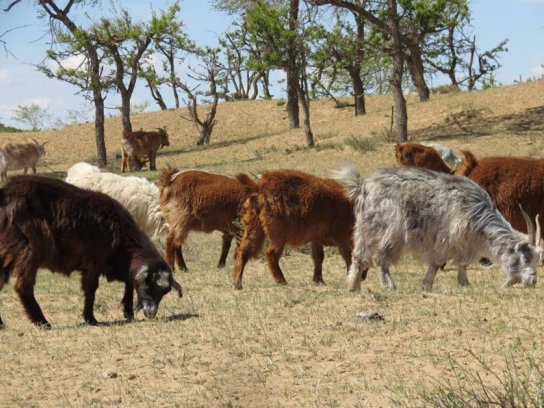
First-of-its-kind C2C Gold cashmere
Mongolia’s nomadic traditions and Italy’s craftsmanship sit at opposite ends of a unique supply chain.

30th October 2025
Innovation in Textiles
|
Porto, Portugal
Cashmere remains one of the world’s most desirable natural fibres, prized for its lightness, warmth and distinctive softness.
Every refined knit carrying a hefty price tag and a high end label, however, is at the end-point of a supply chain with a geography of value that is very unevenly distributed and starts across vast, windswept plateaus, where herders endure temperatures of up to minus 40°C.
At the Textile Institute World Conference in Porto, Portugal (October 7-10), Ian Whiteford, chair of the Sustainable Fibre Alliance (SFA), detailed how this complex journey from the steppe to the luxury store shelf is changing.
As the fine underlayer of the goat’s coat, cashmere grows across the animal’s body, with the exception of the face and legs, offering essential insulation through the brutal winters of Central and East Asia. Mongolia and China’s Inner Mongolia region produce around 85% of the global supply, though their production systems differ markedly. According to the Textile Exchange Materials Market Report, total global output in 2023 was around 25,600 tons of greasy fibre. Once scoured and dehaired, however, only about 6,500 tons is pure enough to spin into luxury yarns.

Business intelligence for the fibre, textiles and apparel industries: technologies, innovations, markets, investments, trade policy, sourcing, strategy...
Find out more